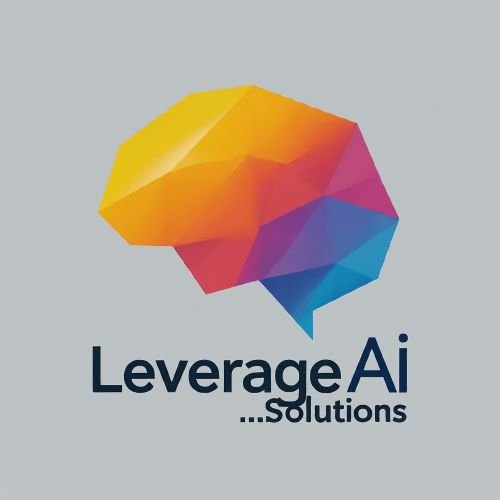Unlocking Productivity with a C-suite Playbook for Generative AI Skills Training
ETHRWorld.com
Enhancing Productivity: A Comprehensive Guide for Executives on Generative AI Skills Training
In today’s rapidly evolving business landscape, the integration of generative artificial intelligence (AI) is transforming the way organizations operate. This guide serves as a strategic playbook for C-suite executives looking to harness generative AI through effective skills training, ultimately driving productivity and innovation within their teams.
Understanding Generative AI
Generative AI refers to algorithms that can create new content, from text and images to music and software code. These technologies can enhance creativity, streamline processes, and improve decision-making by providing data-driven insights. As businesses increasingly adopt AI, it is crucial for leaders to understand its implications and potential applications.
The Importance of Skills Training
While the potential of generative AI is immense, its successful implementation hinges on the skillsets of the workforce. Training employees to effectively use these AI tools is essential for maximizing their benefits. Here are several key points for executives to consider:
- Identifying Skill Gaps: Conduct a thorough assessment of current skills within the organization. Identify areas where employees may require additional training to effectively utilize generative AI tools.
- Developing Tailored Training Programs: Design training programs that cater to the specific needs of various departments. This ensures that employees receive relevant education that aligns with their roles and responsibilities.
- Fostering a Culture of Continuous Learning: Encourage a culture that values ongoing education and adaptation. As AI technology evolves, so should the skills of the workforce. Implement regular training updates and workshops.
- Leveraging External Expertise: Collaborate with AI experts and training organizations. External partnerships can provide advanced insights and resources that may not be available internally.
- Measuring Success: Establish metrics to evaluate the effectiveness of training programs. Use feedback and performance data to refine and improve the training process continuously.
Overcoming Challenges
The transition to a workforce equipped with generative AI skills may encounter challenges, such as resistance to change or fear of job displacement. To address these issues, executives should:
- Communicate Benefits Clearly: Articulate the advantages of generative AI tools and how they can enhance rather than replace human capabilities.
- Involve Employees in the Process: Engage staff in discussions about AI implementation, encouraging their input and addressing concerns to foster buy-in.
- Highlight Success Stories: Share examples of successful AI integration within the industry to inspire confidence and enthusiasm among employees.
The Future of Work with Generative AI
As generative AI continues to advance, its role in the workplace will only grow. By prioritizing skills training, C-suite leaders can prepare their organizations for a future where AI and human collaboration drive productivity and innovation.
In conclusion, the successful adoption of generative AI requires a concerted effort to develop the necessary skills within the workforce. By understanding the technology, addressing skill gaps, and fostering a culture of continuous learning, executives can unlock the full potential of generative AI, enhancing productivity and positioning their organizations for success in the digital age.
